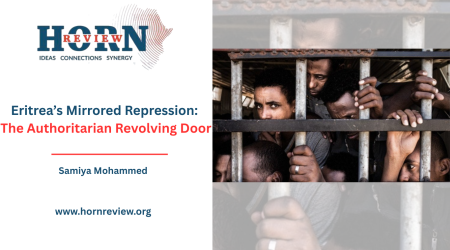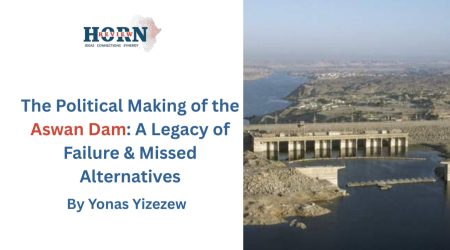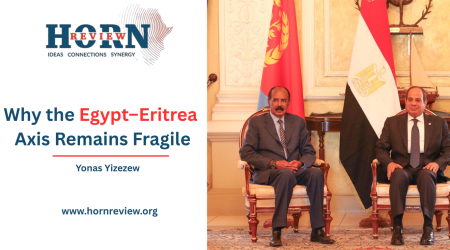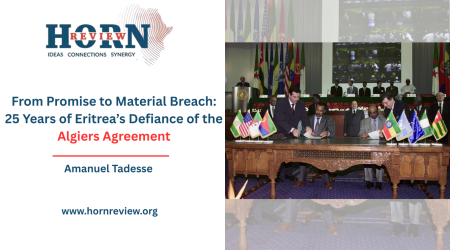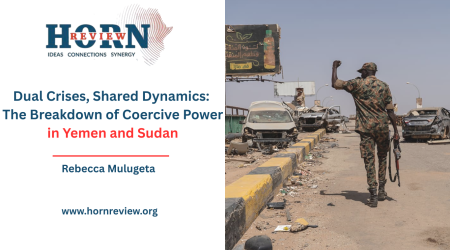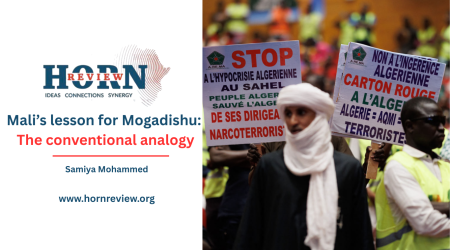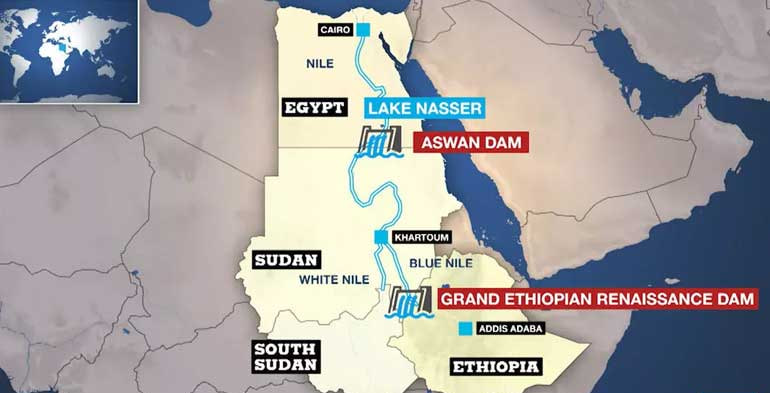
16
Jul
Egypt’s Hydro-Hegemonic Masquerade The Hegemon’s Thirst
Ethiopia’s Grand Renaissance Dam represents not only an infrastructure project, but a transformative reclamation of sovereignty over natural endowments and a right enshrined in the UN Watercourses Convention and foundational principles of equitable utilization. Against this backdrop, recent declarations by Egypt’s Foreign Minister Badr Abdelatty transcend diplomatic firmness, revealing a regressive hydro-political posture that undermines regional cooperation, dismisses empirical evidence, and perpetuates neo colonial hydrological paradigms. Such demands rigorous critique, for it threatens to destabilize the Nile Basin’s fragile political ecology through coercive narratives divorced from technical reality.
First lets talk about the invocation of historic agreements as sacrosanct instruments. The 1959 Nile Waters Agreement negotiated under British colonial oversight without Ethiopian participation allocates 90% of the Nile’s flow exclusively to Egypt and Sudan. This relic epitomizes asymmetrical hydro imperialism, abrogating Ethiopia’s inherent rights as the source of 86% of the Blue Nile’s waters. To weaponize such documents against a sovereign nation’s development aspirations constitutes not legal defence, but institutionalized hydro hegemony.
And Second , the deliberate conflation of water scarcity with GERD operations. Peer-reviewed hydrological modelling by the International Rivers Organization (2023) confirms GERD’s reservoir filling strategy staggered across 4–7 years would reduce Egypt’s annual flow by 1.5–4% during drought conditions, mitigated by Ethiopia’s commitment to coordinated management. Cairo’s projection of catastrophic shortages ignores Ethiopia’s binding technical safeguards, including sediment management protocols and drought contingency planning ratified by independent engineers.
Third the exhaustion of negotiations narrative. Ethiopia has participated in 27 rounds of tripartite talks since 2011, endorsing the Declaration of Principles (2015) affirming equitable use. When technical committees reached consensus on 90% of filling protocols in 2020, Egypt’s insistence on veto powers over future Ethiopian hydropower projects a demand incompatible with state sovereignty derailed progress.
By elevating water discourse to UN Security Council chambers, Egypt seeks to militarize hydrological governance. This violates the spirit of the UN Watercourses Convention, which emphasizes cooperative basin management. African Union Moussa Faki Mahamat has repeatedly cautioned against such extra continentalization of Nile disputes.The creation of Egypt’s Supreme Committee for Nile Water reporting directly to the Prime Minister centralizes decision-making within security apparatuses, marginalizing technical experts and side lining the Ministry of Water Resources. This militarized bureaucracy inherently dis incentivizes compromise.
The Nile’s future hinges on abandoning outdated hydraulic empires and embracing 21st-century hydro-diplomacy. Ethiopia’s measured development of GERD grounded in technical precision and sovereign legitimacy stands as a testament to responsible resource stewardship. Egypt’s foreign ministry wields not water scarcity, but rhetorical scarcity a poverty of vision that substitutes coercion for collaboration.
For the Nile Basin to thrive, Egypt must transcend the pharaonic doctrine of eternal entitlement. The alternative continued threats against a project Ethiopia will never abandon risks transforming the river from a lifeblood into a battlefield. As climate volatility intensifies, no nation can monopolize a shared river; survival demands recognizing what Ethiopia has long asserted The Nile’s waters belong to all its people, not to history’s hydrological heirs.
“A river that belongs to one nation is but a canal; a river shared is civilization itself.”
Adapted from African Union Water Charter (2022)
By Samiya Mohammed,Researcher,Horn Review

